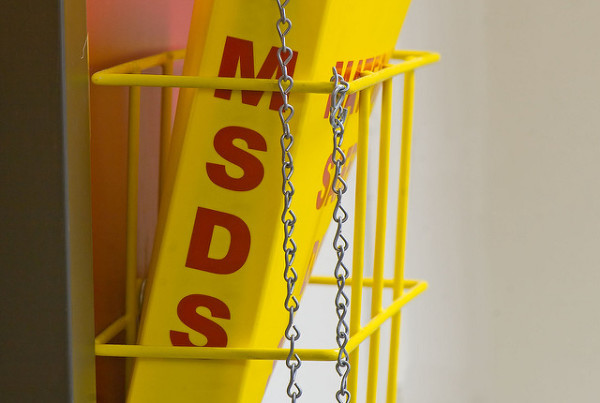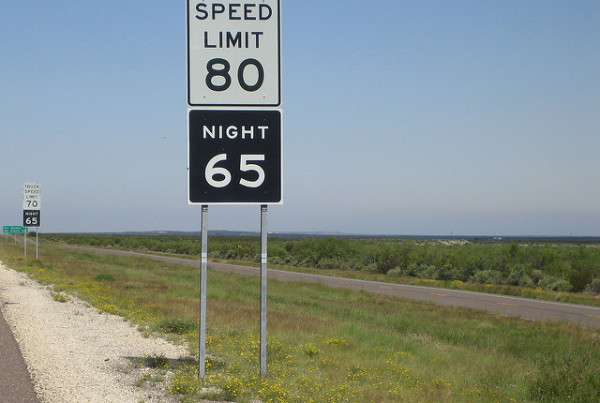Around 2013 or so, Texans began to hear reports of Mexico deregulating its energy industry, long dominated by state-owned companies like Pemex. But what would Mexico’s deregulation mean on this side of the Rio Grande? Some folks in West Texas are discovering some answers firsthand.
Yesterday the company behind a giant pipeline running through West Texas cleared a final federal hurdle, ending the yearlong battle over the Trans-Pecos pipeline. The Federal Energy Regulatory Commission (FERC) issued a permit for a section of the pipeline that will run underneath the river. The bi-national partnership behind the pipeline is hoping to flip the on-switch in early 2017.
Tom Michael, from Marfa Public Radio, says for years the Big Bend Conservation Alliance has led the opposition to the pipeline. But Michael says for now, the federal ruling has put an end to the protracted fight. “This FERC ruling was the fat lady, and the fat lady has sung,” he says.
What you’ll hear in this segment:
– How the opposition voiced their dissent in earlier town hall meetings
– What issues still linger with eminent domain
– The specific purview of the permit and how the finished pipeline will affect the Big Bend area
TAPE: Michaels on Pipeline
TIME: 0:45
IN: The permit give the pipeline
O/C: is eager to work with american operators
That Tom Michael reporting from our partners in Marfa—he’s standing by in the studios of Marfa Public Radio—tom, this seems to have happened really quickly—the last I heard, communities were furiously organizing a kind of resistance movement to the pipeline…
were they caught off guard?
How is the pipeline able to cut across what I understand are privately held lands…?
hearing $90 per rod…what’s a rod?
people have this romanticised notion of west texas and the big bend area…it doesn’t include pipelines running theru it…will this actually alter the andscape—will people be able to see the pipeline…?
– what are the takeaways for people who live in West texas…? Are there any lessons?
















